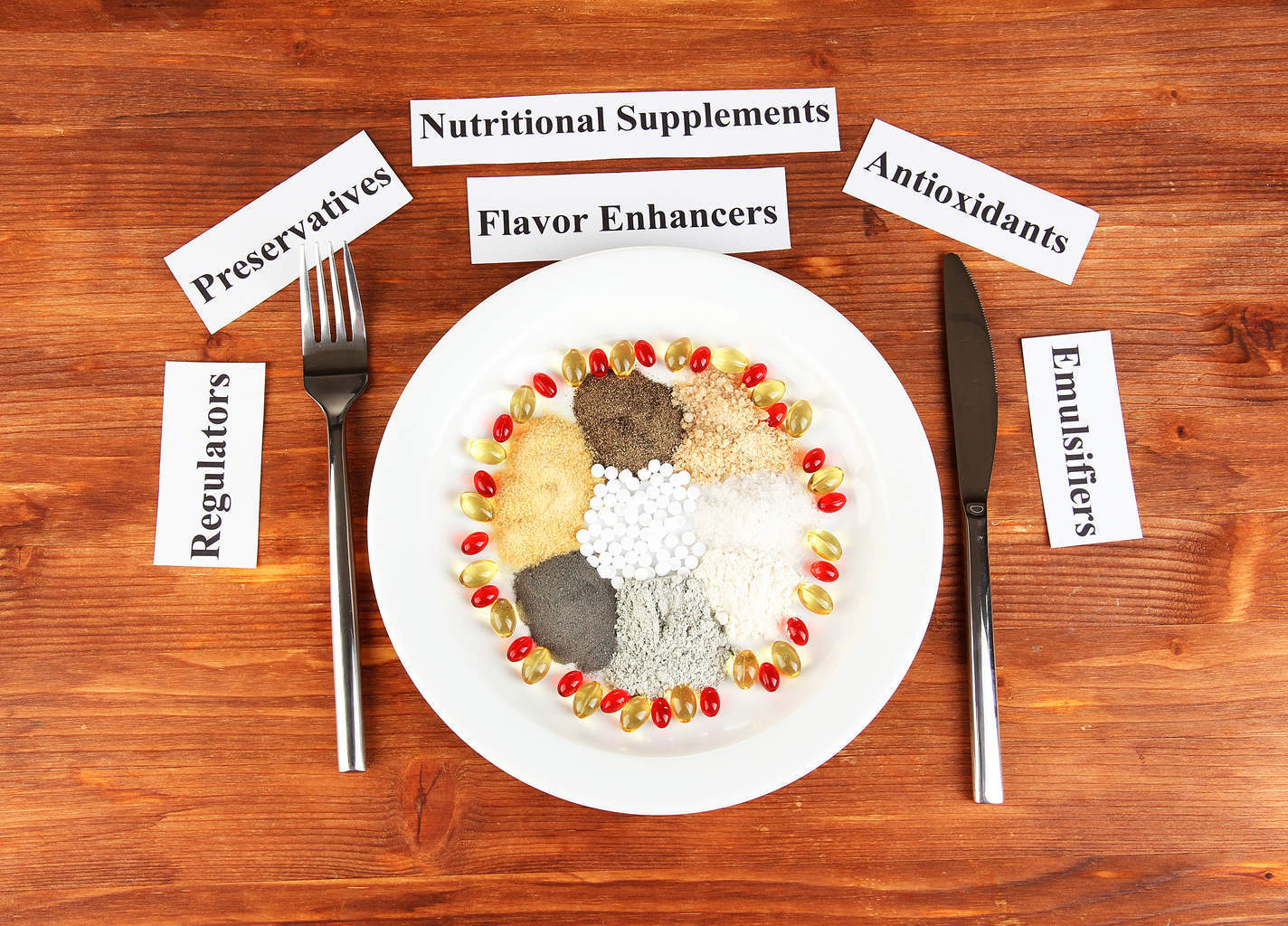Contents:
- Medical Video: Introduction to food additives
- Additives that enrich and strengthen
- Additives do not appear to affect hyperactivity
Medical Video: Introduction to food additives
Additives in food, when used properly, allow us to enjoy a variety of healthy foods whenever we want. Many people worry about additives and believe that additives are toxic chemicals made in the laboratory. This fear is unfounded.
Additive substances help keep food healthy in 5 important ways:
- Slow decay
- Increase or maintain nutritional value
- Make bread and cake expand
- Enriches taste, color and appearance.
- Maintain consistency of taste and texture
Additives attached to food labels with their chemical names look more familiar when you know their common names. For example, salt is sodium chloride, vitamin C is ascorbic acid, and vitamin E is alpha tocopherol, not all additives have a common name, but it's good to remember that all foods are made of chemicals, just like our bodies. Manufacturers usually only use as many additives as needed to achieve the desired results.
The most commonly used additives are salt, sugar and corn syrup, vitamin C, vitamin E, and butylated hydroxyanisole (BHA) and butylated hydroxytoluene (BHT). These substances preserve, stop unpleasant odors from fats and oils, and prevent discoloration and textures. Additives are also used in packaging, and for this, the additives used must be approved.
Additives that enrich and strengthen
Additives used to enrich and strengthen food are beneficial. Addition of additives will restore essential nutrients that are lost when processing raw materials. For example, flour and rice are enriched with vitamin B which is lost when milled. As a public health effort, certain foods are strengthened with essential nutrients to ensure that people consume sufficient amounts to stay healthy. Vitamin D, for example, is added to milk; vitamin A in margarine; and iron and folic acid in flour and cereals.
Additives do not appear to affect hyperactivity
A child allergist claims that hyperactivity in children is greatly reduced when they undergo a diet without additives, including artificial coloring and flavoring, as well as salicylates which are naturally present in fruits and vegetables.
However, it is possible that your child may be more sensitive to certain ingredients or foods. If you believe there is no connection between your child's behavior and diet, consult your pediatrician who may be doing a sensitivity test or suggest reducing food triggers and finding alternative sources when related to essential nutrients.












